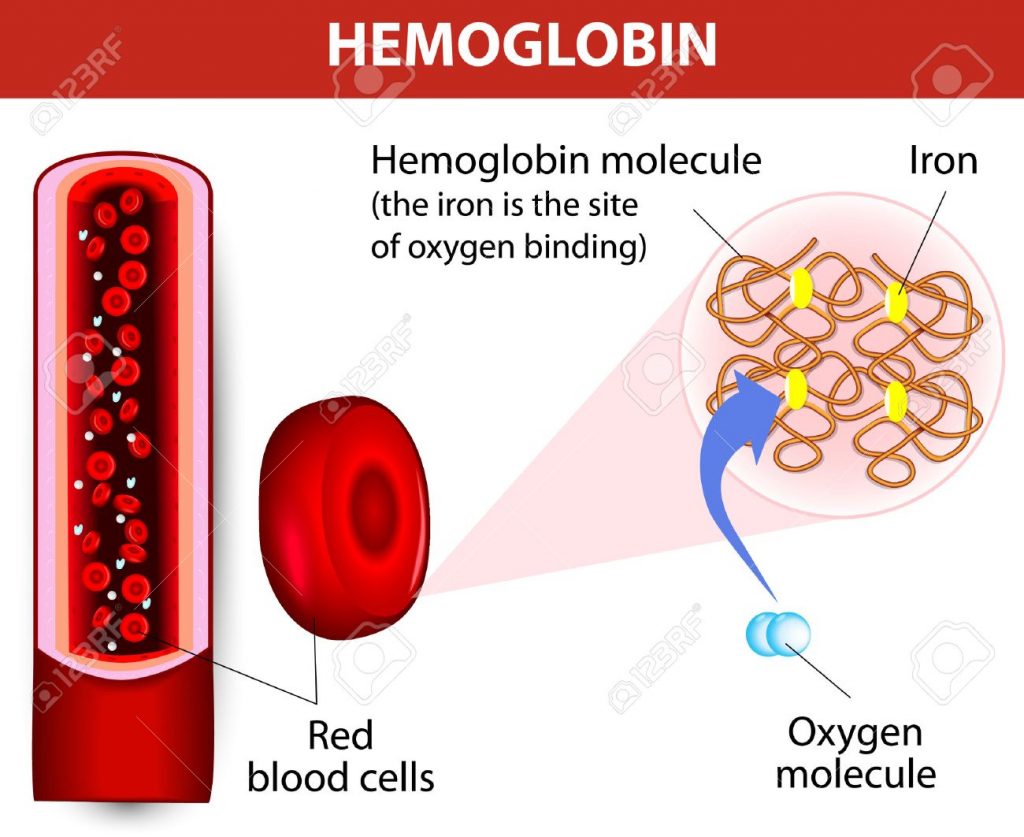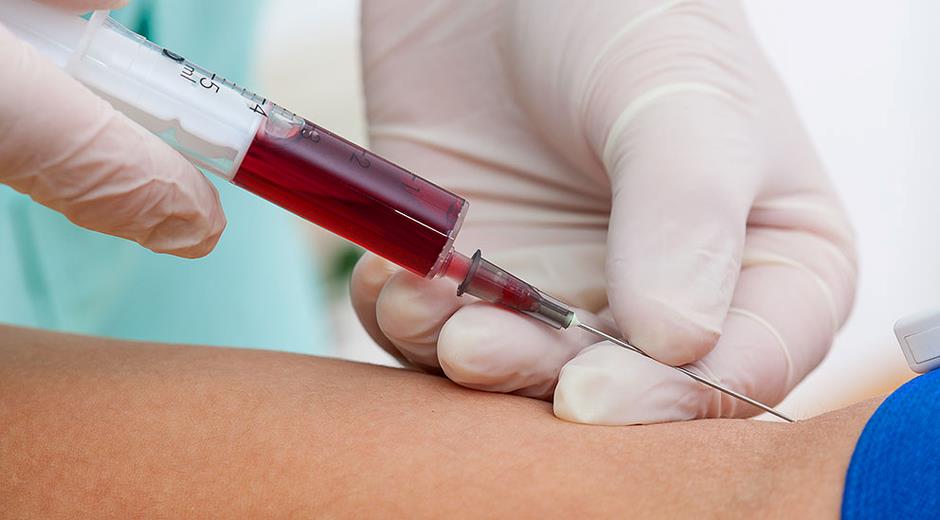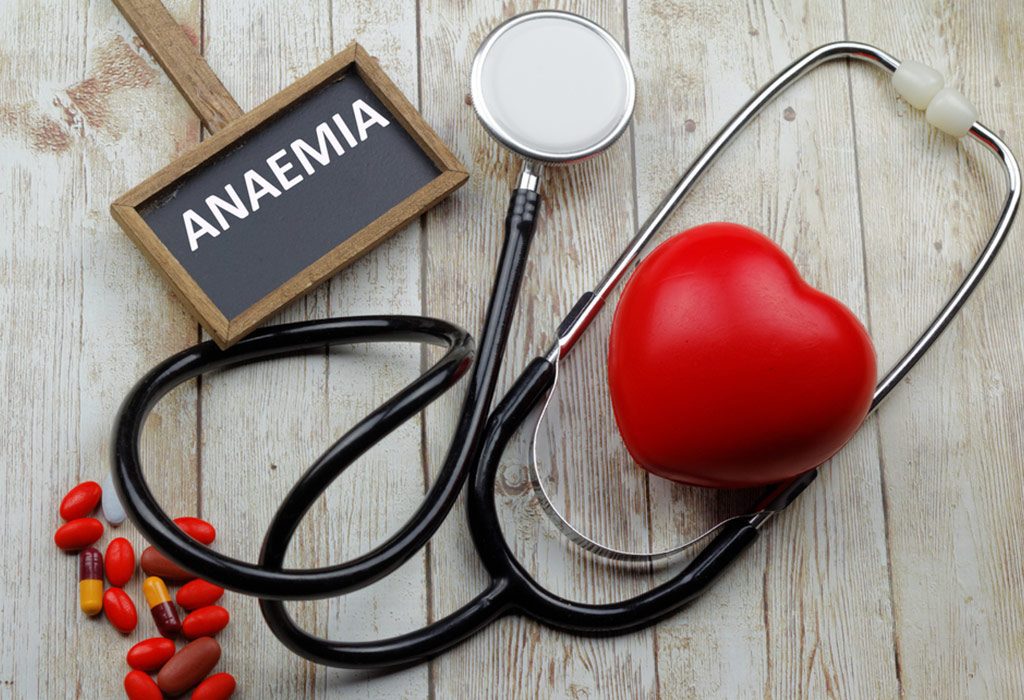What is anaemia?

Anaemia is the reduction in the haemoglobin or oxygen carrying capacity of blood below the lower limit of an healthy individual of similar age and in same environment.In adults, the lower extreme of the normal haemoglobin is taken as 13.0 g/dl for males and 11.5 g/dl for females. Newborn infants have higher haemoglobin level and, therefore, 15 g/dl is taken as the lower limit at birth, whereas at 3 months the normal lower level is 9.5 g/dl. Although haemoglobin concentration is used as the major parameter for deciding whether or not anaemia is present, the red cell counts, haematocrit (PCV) and absolute values (MCV, MCH and MCHC) and peripheral blood picture provide alternate means of assessing anaemia.
Pathophysiology of Anaemia

Subnormal level of haemoglobin causes lowering of oxygen carrying capacity of the blood. This, in turn, initiates compensatory physiologic adaptations such as follows:
i) Increased release of oxygen from haemoglobin
ii) Increased blood flow to the tissues
iii) Maintenance of the blood volume
iv) Redistribution of blood flow to maintain the cerebral blood supply.Eventually, however, tissue hypoxia develops causing impaired functions of the affected tissues. The degree of functional impairment of individual tissues is variable depending upon the oxygen requirements of those tissues. Tissues with high oxygen requirement such as the heart, CNS and the skeletal muscle during exercise, bear the brunt of clinical effects of anaemia and ar this the ones that exhibit symptoms first.
Symptoms of Anaemia

The symptomatology of anaemia will be dependent on the severity of anemia, age of the patient and speed of onset of disease. The main symptoms that are evident are tiredness, easy fatiguability, generalised muscular weakness, lethargy and headache. In older patients, there may be symptoms of cardiac failure, angina pectoris, intermittent claudication (cramping of leg on walking a small distance), confusion and visual disturbances.
If you are experiencing any of them go get yourself checked
How to investigate Anaemia and Who are at Risk?

- Haemoglobin estimation
- Peripheral blood picture
- Red cell indices
- Leucocyte and platelet count
- Reticulocyte count
- Erythrocyte sedimentation rate
- Bone marrow examination
At Risk group
Menstruating females
Pregnant females
Preterm babies
Infants
Frequent blood donors
People with chronic diseases
Vegetarians
Types of Anaemia
Around 400 types of anaemia have been identified. Some common ones are iron deficiency anaemia, megaloblastic anaemia, anaemia of chronic diseases, sickle cell anaemia, hemolytic anaemia, sideroblastic anaemia and aplastic anaemia. Diagnosis of types of anemia is important as the treatment modalities are different for each type.
Treatment and Prevention
Treatment is solely based on the type of anaemia that is prevalent at that time. For instance
In iron deficiency anemia, iron supplements and tablets are given
In anaemia due to blood loss, the patient is given blood
In anaemia due to vitamin deficiency, exogenous vit b12 is given along with changes in diet and so on
The main thing to keep in mind is that how to prevent this?
The best way for preventing anaemia are the changes in diet. Include iron-fortified cereals , breads , dark green leafy veggies (kale and watercress), pulses , beans , brown rice, meat, nuts , seeds, fish, tofu, eggs and dried fruits like apricots and raisins in your diet.
Early diagnosis and treatment is most important so make sure you get regular checkups and rush to your doctor in cases of any prevalent symptoms.







